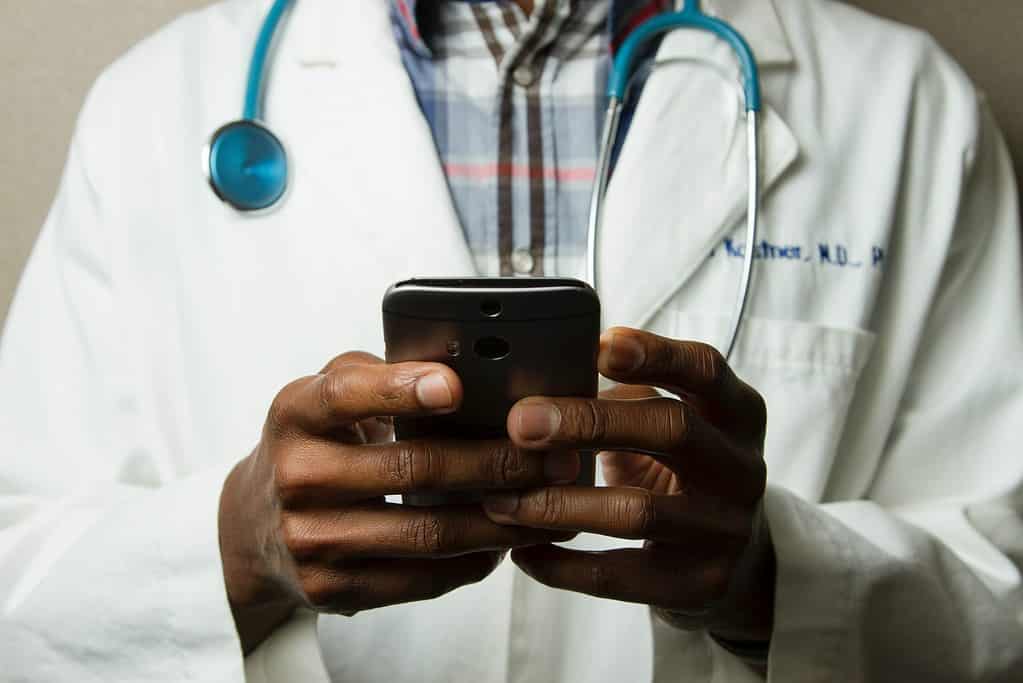Opioid overdoses continue to kill Americans at an alarming rate — and the pandemic hasn’t made things easier. A high-stress situation where medical workers and services are overworked can prove to be devastating and push people towards more opioids. But Americans got an unexpected ally in this dire situation: telehealth.

Americans famously consume more opioids than the rest of the world combined — several times over. The United States makes up 4.4% of the world’s population and consumes over 80% of the world’s opioids. Unsurprisingly, this also means the country has the most opioid overdoses.
The opioid overdose rate in the US was 21.6 per 100,000 people in 2019 and 28.3 per 100,000 in 2020 and seems to be on the rise.
When the pandemic hit the US, medical practitioners quickly realized that this will further exacerbate the opioid crisis, so they wanted to see whether expanded telehealth services (the use of digital communication to offer healthcare services remotely) can make a difference. And according to a new study — it did.
In the national study, the researchers analyzed data from two groups of Medicare beneficiaries. The first cohort was the “pre-pandemic2” cohort, and was constructed from data gathered between September 2018 and February 2020. It had 105,162 participants.
The second cohort was the “pandemic cohort”, and featured 70,479 Medicare beneficiaries, with the data gathered between September 2019 and February 2021. All participants were recorded with opioid use disorder.
The pandemic cohort also received telehealth support, and the study also included an online analysis looking at the demographic and clinical characteristics, looking at any elements that could influence fatal overdose rates.
Overall, Medicare beneficiaries that suffered new episodes of opioid use disorder-related care during the pandemic (and benefitted from telehealth services) had a 33% lower risk of a fatal drug overdose.
“The results of this study add to the growing research documenting the benefits of expanding the use of telehealth services for people with opioid use disorder, as well as the need to improve retention and access to medication treatment for opioid use disorder,” said lead author Christopher M. Jones, PharmD, DrPH, Director of the National Center for Injury Prevention and Control, CDC. “The findings from this collaborative study also highlight the importance of working across agencies to identify successful strategies to address and get ahead of the constantly evolving overdose crisis.”
In addition, medicare beneficiaries who received medication for opioid use disorder from opioid treatment programs reduced their odds of a fatal overdose by 59%. So conventional pharma science and modern telehealth interventions make up great tools to parry some of the damage caused by opioids.
“At a time when more than 100,000 Americans are now dying annually from a drug overdose, the need to expand equitable access to lifesaving treatment, including medications for opioid use disorder, has never been greater,” said Wilson Compton, M.D., M.P.E, deputy director of the National Institute on Drug Abuse and senior author of the study. “Research continues to indicate that expanded access to telehealth is a safe, effective, and possibly even lifesaving tool for caring for people with opioid use disorder, which may have a longer-term positive impact if continued.”
The study suggests that as the opioid crisis continues to unfold, ensuring continued access to high-quality services is essential, says senior author Shari Ling, M.D., Deputy Chief Medical Officer at the Centers for Medicare & Medicaid Services (CMS).
“This study shows that many beneficiaries were able to utilize opioid use disorder-related telehealth services during the pandemic, but we need to continue our efforts to broaden the use of telehealth, particularly in underserved communities,” Ling concludes.
Previous studies have also suggested that proactive, multi-level government action is needed to handle this crisis. In addition to pharmaceutical interventions, more policy action is also required. For instance, local city actions to strategically support under-resourced communities and starting state-level programs that promote sustainable, large-scale services can make a difference.
The study was published in JAMA.


